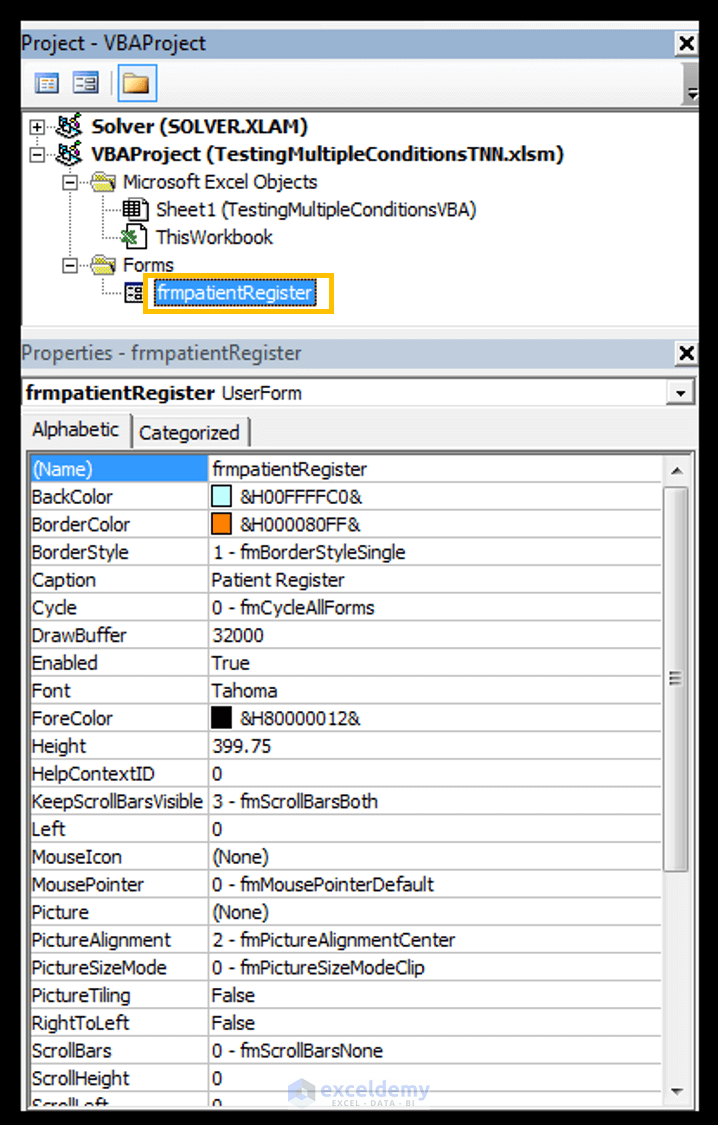

Only when both of the above conditions are met, a student passes the final exam. The second score, listed in column D, must be equal to or exceed 30. The first score, stored in column C, must be equal to or greater than 20. Suppose, you have a table with the results of two exam scores. To better illustrate the point, let's have a look at a few IF examples with multiple conditions. In case you use the OR function in the logical test, Excel returns TRUE if any of the conditions is met FALSE otherwise. If your logical test contains the AND function, Microsoft Excel returns TRUE if all the conditions are met otherwise it returns FALSE. Consequently, your IF function should embed an AND or OR function in the logical test, respectively. In summary, there can be 2 basic types of multiple conditions - with AND and OR logic. How to use Excel IF function with multiple conditions You will also learn how to use Excel IF in array formulas and learn the basics of the IFEFFOR and IFNA functions.

The formula examples that follow below will show you how to do this correctly.

However, for powerful data analysis, you may often need to evaluate multiple conditions at a time, meaning you have to construct more sophisticated logical tests using multiple IF functions in one formula. As you remember, we discussed a few IF formulas for numbers, dates and text values as well as how to write an IF statement for blank and non-blank cells. In Part 1 of our Excel IF function tutorial, we started to learn the nuts and bolts of the Excel IF function.


 0 kommentar(er)
0 kommentar(er)
